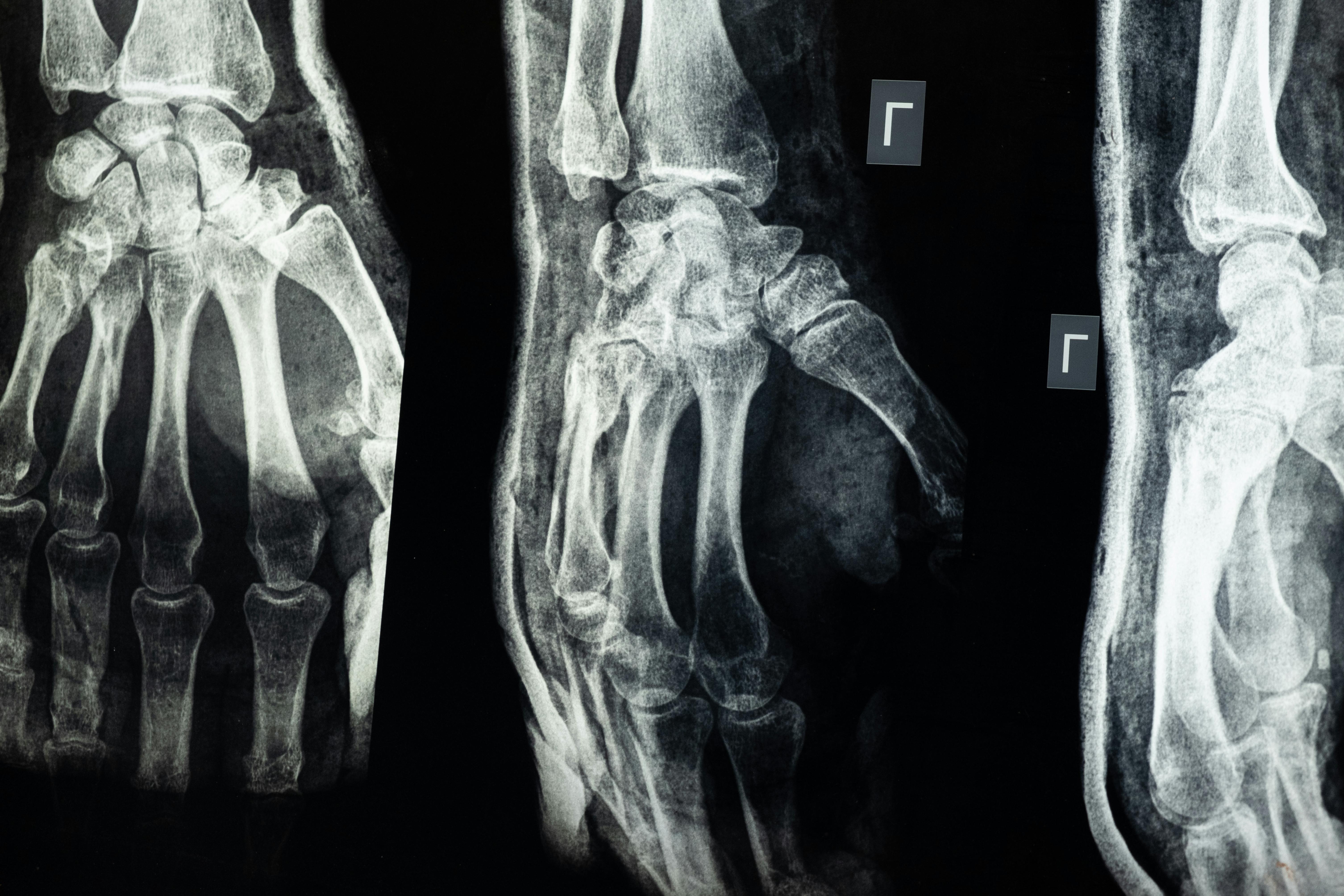Predicted maximum heart rate calculation
Before starting an exercise program, it’s a good idea to check your resting heart rate, the target heart rate for your age, and the expected maximum heart rate. It is important to establish a basis in order to measure progress. This gives you a goal for each workout.
Before getting out of bed, take your resting heart rate, at this stage it will be at a minimum. This is a good method to determine the minimum rate of your heartbeat. Take your pulse with a stopwatch or the second hand of a watch. It’s best to take it for a minute for accuracy, but some people take it for 6 seconds and then multiply it by 10 to get the number of beats per minute.
Resting heart rate can increase with age, but there is also often a significant difference between people based on fitness level, age, and genetic background. However, it does give you a base measure.
Measuring the pulse at the wrist is usually the easiest. Measure the beat of your radial artery on the side of your hand where your thumb is. Use your fingers as it can be mistaken for a throb in your thumb that will make counting difficult. Another option often seen on television shows is taking the pulse below the jaw at the carotid artery on the side of the neck.
Having established your resting heart rate, the next measurement is the calculation of your expected maximum heart rate. Beats per minute are determined by this method. It is then used to calculate what your target maximum heart rate should be.
To calculate your expected maximum heart rate, it is best to use a cardiac stress test to obtain the data. Medical supervision is recommended for this test. The doctor looks for signs of changes in the heart when stressed and this is the point for the maximum. These tests are often done for top athletes and less often for fitness enthusiasts.
The age of the person is often used to calculate the predicted maximum heart rate using a formula. This formula has been calculated by researchers using the cardiac stress test. Note that there are still significant variations between individuals.
Often you will have seen a graphic on the gym wall and sometimes it is on motorized exercise machines that provide guidance along the following lines: –
At 30 years / At 55 years
Maximum heart rate = 220 minus your age 190/165
Another acceptable formula is
Maximum heart rate = 205.8 less (0.685 × age) 185/168
As you can see, the range is narrower for the second formula and the maximum rate that the heart should beat is also slightly higher at an older age.
As mentioned above, there is a significant difference between different people, even if the fitness level and age are similar. An interesting test has been carried out with team members on the same exercise regimen and who are of a similar age. Therefore, these tests cannot really be applied to compare relative fitness levels.
For much more information on weight loss and fitness, check out the link below: –
http://www.lose-belly-now.com/predicted-maximum-heart-rate-calculation.php
